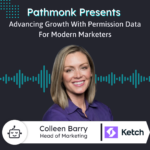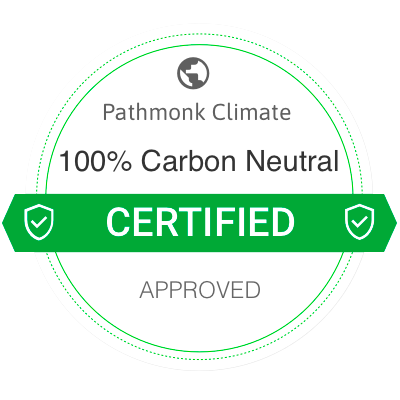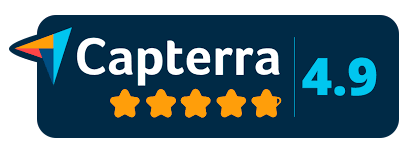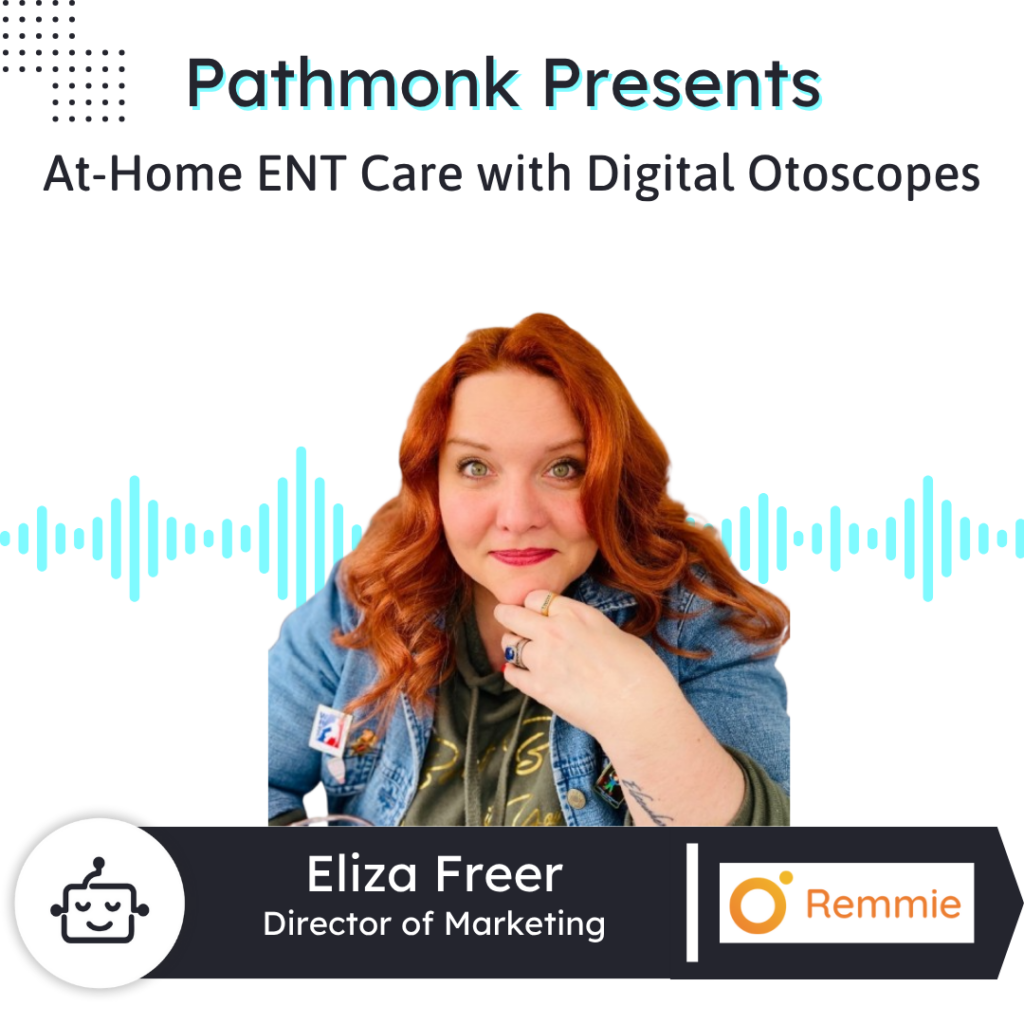
Introduction
Eliza Freer, Director of Marketing at Remmie Health, joins Pathmonk Presents to discuss their digital otoscope, designed for at-home and clinic use to monitor ear, nose, and throat health.
Targeting parents and clinicians, Remmie’s HD camera-enabled device supports telehealth diagnostics, reducing ER visits.
Eliza highlights word-of-mouth referrals from physicians, Amazon store visibility, and an informative website with FAQs and tutorials as key acquisition channels.
Learn how Remmie empowers families and clinicians with accessible, high-quality ENT care solutions.
Increase +180%
leads
demos
sales
bookings
from your website with AI
Get more conversions from your existing website traffic delivering personalized experiences.
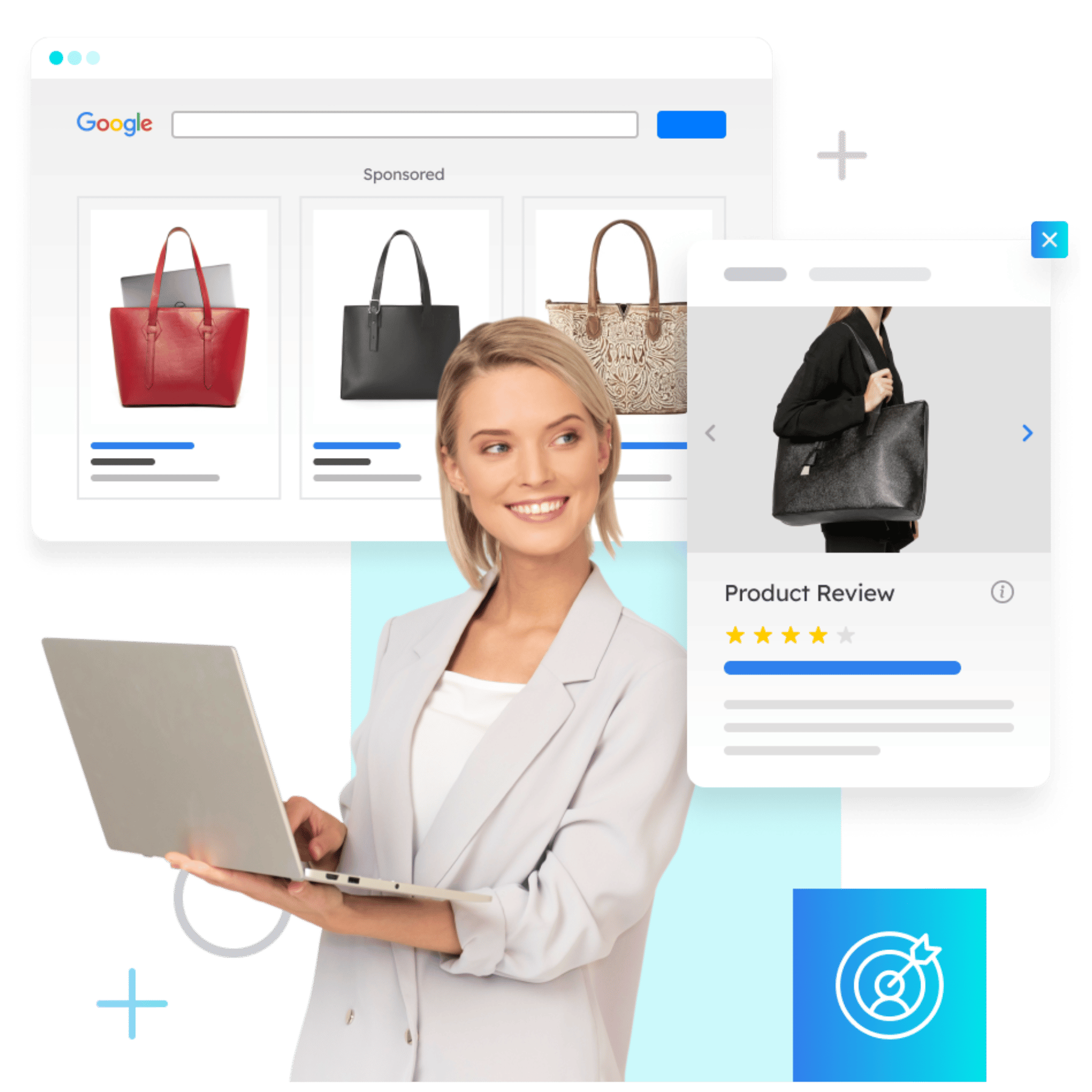
Rick: Pathmonk is the AI for website conversions. With increasing online competition, over 98% of website visitors don’t convert. The ability to successfully show your value proposition and support visitors in the buying journey separates you from the competition online. Pathmonk qualifies and converts leads on your website by figuring out where they are in the buying journey and influencing them in key decision moments with relevant micro-experiences like case studies, videos, and much more.
Stay relevant to your visitors and increase conversions by 50% by adding Pathmonk to your website in seconds—let the AI do all the work and increase conversions while you keep doing marketing as usual. Check us out on Pathmonk.com.
Alright everybody, welcome to today’s episode of Pathmonk Presents. Today we are joined by Eliza Freer. She’s the Director of Marketing at Remmie Health. Eliza, welcome to the show.
Eliza Freer: Thank you.
Rick: I’d love to get into the basics, Eliza. Maybe you can talk about Remmie Health a little bit. Explain to us the big idea behind your company. An analogy we typically use: if you were to explain it to a friend over coffee, how would you describe what you do?
Eliza Freer: Remmie Health is a medtech company. We make digital otoscopes for at-home and clinical use, but our primary goal is at-home use. An otoscope is the thing that a doctor uses to look inside your ear, nose, or throat—it’s just a little handheld device with a pointy tip on the end.
We make ours digitally because the devices currently used in doctors’ offices are all just eyeballs—there aren’t cameras inside them. The thesis behind the company is this: our founder had a son with chronic ear infections. She was in the ER constantly with him—at night, at inopportune times—and she thought there had to be a better way to see inside the ear and understand what was going on than an ER or urgent care visit.
Not only can those be financially complicated for families—especially with multiple children—but families in rural areas have a harder time accessing care. So she developed a device with an HD camera on the end. It’s compatible with our app and your phone, laptop, or tablet camera roll. It allows you to see inside the ear, nose, or throat and to take photo and video.
Then, through our app, you’re able to communicate with physicians or telehealth providers and send them those images—high enough quality for diagnosis—so a clinician can diagnose from a distance rather than you having to go into the ER.
Rick: That’s powerful. I only knew what that meant because my son recently had a visit like that. I’m lucky to be near a hospital, so it wasn’t too inconvenient for me. But what you just said sounds like a huge game changer.
Let’s talk about your ICP in marketing lingo. Who’s your ideal customer? Is it the mom or parent, generally? Do doctors look into it? Who’s the product for?
Eliza Freer: It’s interesting. We have a lot of clinicians—direct primary care physicians (DPCs) and primary care physicians (PCPs)—interested in providing the device to their patients to take home. That way, patients can take photos and videos and connect through telehealth, reducing ER visits. These clinicians want to give their patients a better care experience.
On the consumer side, moms are usually the ones searching for devices like this since they tend to be the ones taking their children to the ER. But it’s not just for kids—you can also use this with adults. You can check your nose for a sinus infection, for example. My brother had chronic sinus infections in high school, and if we had this device, we could’ve checked and realized, “Oh, it doesn’t look like a sinus infection,” and not stressed about going to the hospital for a Z-pack. So it’s useful across age ranges—not just for children who are more prone to ear infections.
Rick: That’s interesting. That would’ve helped my wife too—she went through the same thing and eventually had to get surgery. But it was a long process, and appointments were months apart. That sounds like a game changer for adults too.
How do most people discover you? Do they look for something specific on Google? Is it word of mouth? Do physicians recommend the product?
Eliza Freer: We get a lot of word of mouth from physicians who recommend our devices to their patients. We also go to community events and show people how the device works—that helps spread awareness.
We have an Amazon store, which is where a lot of people search for this kind of thing. They go to Amazon and type “ear camera,” because most people don’t know what an otoscope is—why would they, if they’re not in the medical field?
So when someone searches for “ear camera,” we pop up. We offer better quality than many competitors. While others may have a lower price point, their devices are lower quality. Our cameras are HD and can video stream. You can take all kinds of photos. While our app works with images from other devices, those images often aren’t as good.
Many people come to us in a panic—Googling or searching Amazon for diagnostic tools. And while we don’t diagnose ourselves, we support diagnosis. Clinicians call us “clinical grade,” and consumers find us through keywords during that panic search.
Rick: That makes sense. Word of mouth is the oldest form of referral. Let’s pivot slightly—how much of a role does your website play in pulling in new customers? And is there anything that really works well for you right now or something you’re looking to improve?
Eliza Freer: Our website is a great informational tool. We have lots of FAQs and tutorial videos so patients and clinicians know how to use the device properly. Whether it’s “How do I plug this into my phone?” or “Where are the images saved?”—we have videos for it.
Clinicians and patients watch the same videos, because even though the device is medical grade, it works the same for both. We also explain how our device is different from others. Our blog breaks down things like what an ear infection is. We’re careful not to diagnose, but we do highlight key indicators—saying, “This could be an ear infection,” for example. We also break down medical jargon to make it less intimidating.
Our site includes device sales, but more importantly, it helps people learn. Amazon is convenient, but it doesn’t provide all the information we offer on our website.
The challenge is this: unless you know the question you’re looking for—or already need what we provide—you’re not likely to search for us. We’re a niche product in a niche market. If you don’t need us, you probably won’t find us. That’s our biggest challenge.
Rick: Fair enough. You mentioned blog posts and informational content, which is helpful for educating and converting customers. I’m going to switch gears—let’s talk about you as a leader.
Can you share what a typical day looks like for you as Director of Marketing? I imagine you wear a lot of hats in a small company.
Eliza Freer: Yes, we’re a small company, so my day varies. I might be discussing market research or drafting questions for clinicians to ask patients in our medical trials. I might provide insights from community conversations. I could be grabbing event photos from LinkedIn and writing copy for a social media post. I also handle our marketing dashboard—looking at paid social and organic channels to see what’s working.
I help manage the Amazon store. I have meetings with our team—making sure everyone’s happy, supported, and aligned. Sometimes I’m prepping for a conference or giving a device tutorial to a doctor.
I try to structure my work—like dedicating one day to the social media calendar, another to copywriting, and another to asset creation. That way, I can focus and avoid last-minute scrambles.
I’ve also had to put strict boundaries in place. People often don’t understand how long things take—like video creation and editing. I’ve learned to communicate that timelines can vary based on complexity, and that it’s not instant, especially when demand is high.
Rick: As expected, you wear many hats. Speaking of time, we’re almost out, so let’s jump into our rapid-fire segment. The only rule: short questions get short answers. You ready?
Eliza Freer: Sure.
Rick: Do you prefer watching, reading, or listening?
Eliza Freer: Reading.
Rick: What’s the latest article or book you read that really stuck with you?
Eliza Freer: An article about swimmer’s ear and how helpful our device can be for something as simple as that—especially in the summer with kids.
Rick: If you had a magic wand and could fix one frustrating thing in your marketing life with tech, what would it be?
Eliza Freer: Copywriting.
Rick: What’s one repetitive task you’d love to automate forever?
Eliza Freer: Meetings.
Rick: Love it. If you could go back and give your younger self a pep talk at the start of your marketing journey, what’s one piece of advice you’d give?
Eliza Freer: Asking for help or accepting it isn’t a weakness.
Rick: Amazing piece of wisdom.
Eliza Freer: Thank you. There’s this idea that if you can’t handle everything yourself, you look weak. Especially as a woman in business, we sometimes feel like asking for help undermines our credibility. But I’ve learned that delegation doesn’t mean you’re incapable. It’s still something I struggle with.
Rick: That’s a great point. It actually shows self-awareness and leadership. Eliza, thank you for being on the show. Final question—if someone forgets everything about today’s interview, what’s one thing they should remember about your work?
Eliza Freer: ENT health affects everyone—not just kids. And sometimes medical devices are fun, too. You can use ours just to see how much earwax you have. It doesn’t always have to be serious.
Rick: Got it. Eliza, thanks again for joining us on Pathmonk Presents. Where should we send people if they’re interested in your product?
Eliza Freer: Go to our website: remmiehealth.com. That’s R-E-M-M-I-E health dot com. We have user and clinician portals, information about the devices, and places to shop or learn.
Rick: Perfect. Thanks again, Eliza. Maybe we’ll get to talk again before the year ends—it was a great conversation. I appreciate it.
Eliza Freer: I’d love that. Thank you, Rick.
Rick: All right. Bye everyone.





